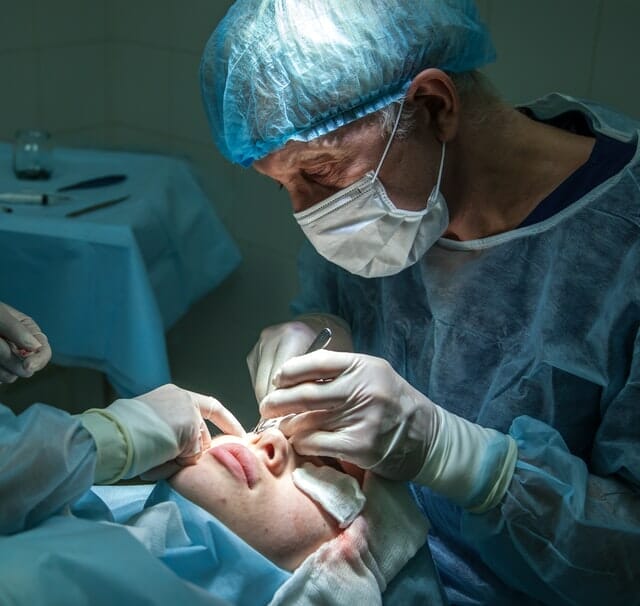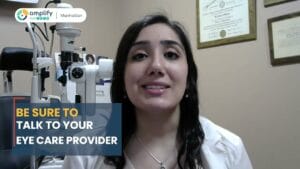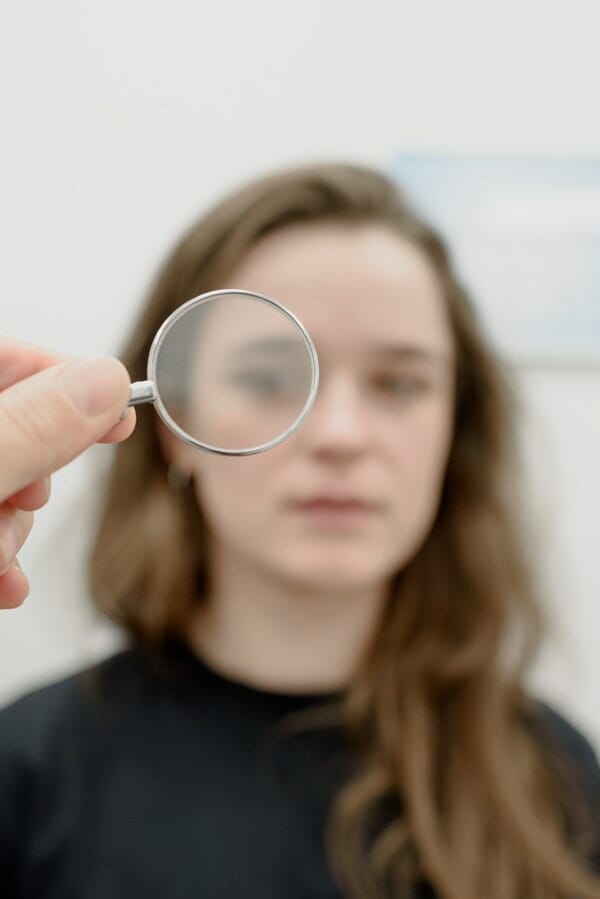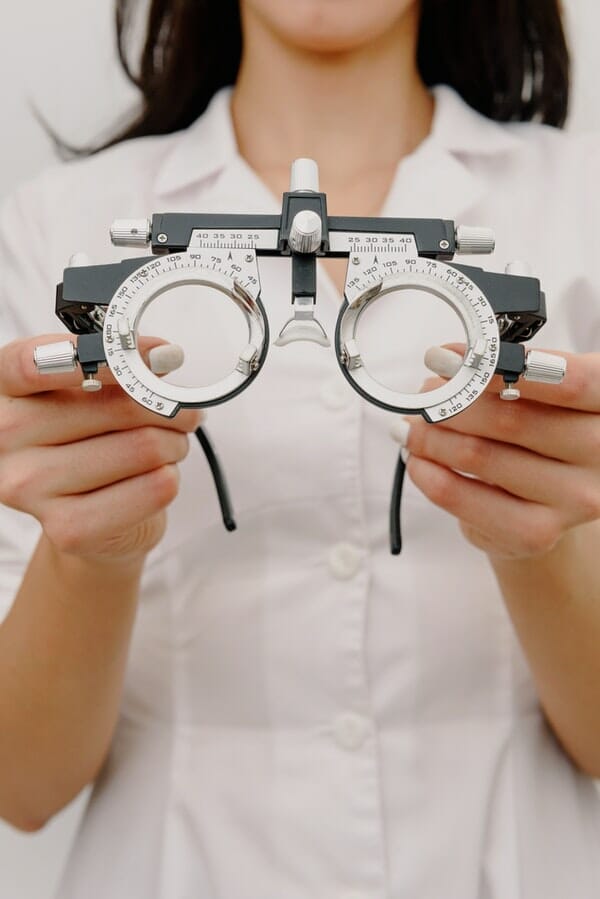What Treatments Are Available for Keratoconus?
Advancements in medical technology provide different options for treating keratoconus throughout the stages of this degenerative disorder. Often the condition progresses slowly. As the cornea weakens and becomes thinner, it begins to bulge outward, eventually resembling a cone. This conical shape distorts refraction, leading to increased visual impairment.
The following article will discuss 10 popular methods for treating this condition. Many of these treatments follow a general progression, where each intervention represents a more advanced option to deal with more severe deterioration. Managing keratoconus is not a monolithic process, nor does it follow in a linear path. Often, combinations of treatments and interventions are required to complement one another.
In certain instances, procedures may need to be undertaken more than once over the lifetime of the patient. The following section is not a diagnostic aid, nor is it a treatment plan advocating one form of intervention over another. There is no substitute for an optometrist or eye doctor to assess, diagnose, and treat eye disorders.

















